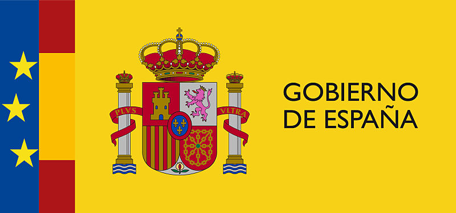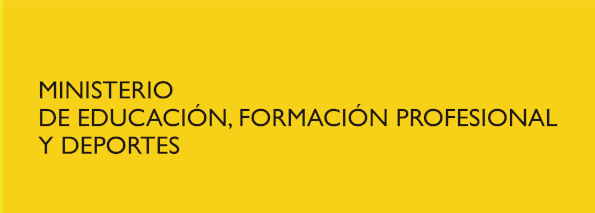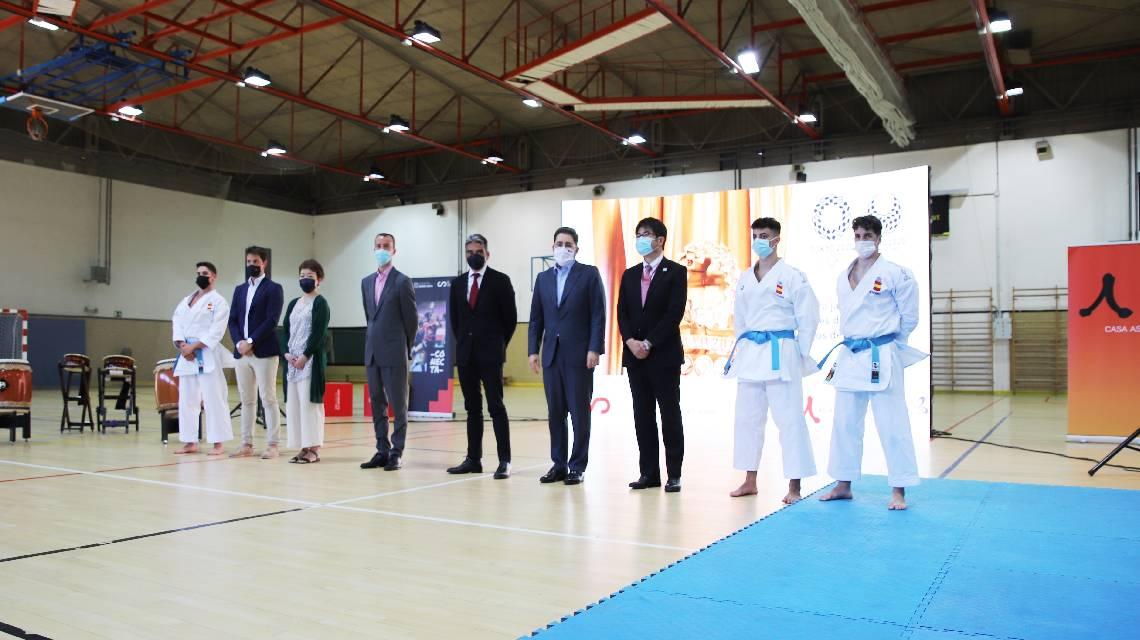Soler: “ sport serves to bring the countries and peoples on common values ”
The CSD, the foundation Sport young, Casa Asia and the Japan Foundation set up a training programme in japanese culture and language aimed at the spanish delegation at the games of Tokyo
The director-general of the CSD, Albert Soler, pointed out that the games will be “ a sporting event capable of lifting the state of mind of citizens and will be a reference in the way back to normalcy in the whole world ”
Madrid, 05 july 2021.-The spanish athletes competing in the olympic and paralympic games in tokyo, as well as the technical team that accompanies and journalists covering the, will receive a training programme in japanese culture and language, thanks to a joint initiative of the supreme council for sports (CSD), the foundation Sport Young (FDJ), and Casa Asia in collaboration with the japan foundation, Madrid.
The main objective of this course is to make the spanish delegation attending the olympic games and Paralympic Games, also of basic notions about japanese culture and language, as well as a number of guidance on how to interact with society nipona during your stay in that country.
The course entitled “ japanese culture and japanese for survival: tokyo Games 2020 ”, consists of two training modules that can be accessed via a web platform designed for that purpose.
In his statement, the director-general of the council for sports (CSD), Albert Soler, has appreciated the work done by the Casa Asia and the Japan Foundation in launching this training programme for sport.
“ sport is an instrument of culture and socialization. The olympic games that originate in the mixture of cultures and different understandings of the world, not only have to be linked to sport, but also to culture ”.
“ this initiative joint formative we offer our sportsmen and women the opportunity to learn and to enter japanese culture, through a rapprochement with their customs, their identity and their mother. Sport, once again, it becomes a social tool for bringing countries and peoples, on common values embedded in what we call the sports diplomacy ”. According To Soler, the holding of these olympic games and paralympic games in Tokyo “ are already a success ” for sport. “ a sporting event Will Be able to lift the state of mind of citizens and will be a reference in the way back to normalcy in the whole world ”.
The state secretary of the Global Spain, Manuel Muñiz, has stressed that in the last barometer on the image of spain in the world, carried out by the royal Elcano institute, “ athletes are among the four factors more valued in our image, along with the potential as a tourist destination, our gastronomy and the open nature of the spaniards. For Muñiz, “ the responsibility of athletes in projecting the image outside Spain must go obviously accompanied by measures and tools such as this course ”.
For its part, Javier Parrondo, director general of Casa Asia, has put value on this initiative, as “ is the first time the spanish olympic delegation will have the opportunity to move closer to the country before your arrival with an informative program designed with basic notions and practices for manoeuvre eminently properly during your stay in the capital nipona ”.
Training course
The first module, professor Carlos Rubio, is an introduction to the history, geography, culture and society of japan, which intended to give the student basic information and some recommendations on what should be and should not be done in this country.
The second module has been designed in collaboration with the japan foundation, Madrid, following the Marugoto method, and was attended by professor of japanese, Taeko Kojima. In this part, the student will learn to manage basic concepts of language training that will help them to interact with the japanese society, such as food, in a restaurant, or make purchases.
All meetings of the programme are isochronous, with the aim of the student can pick out those parties masseurs, at the time, with the pace and speed. The programme consists of 40 teaching videos, audios and test, with more than 6 hours of training in total, and the contents are presented in audio-visual records.



